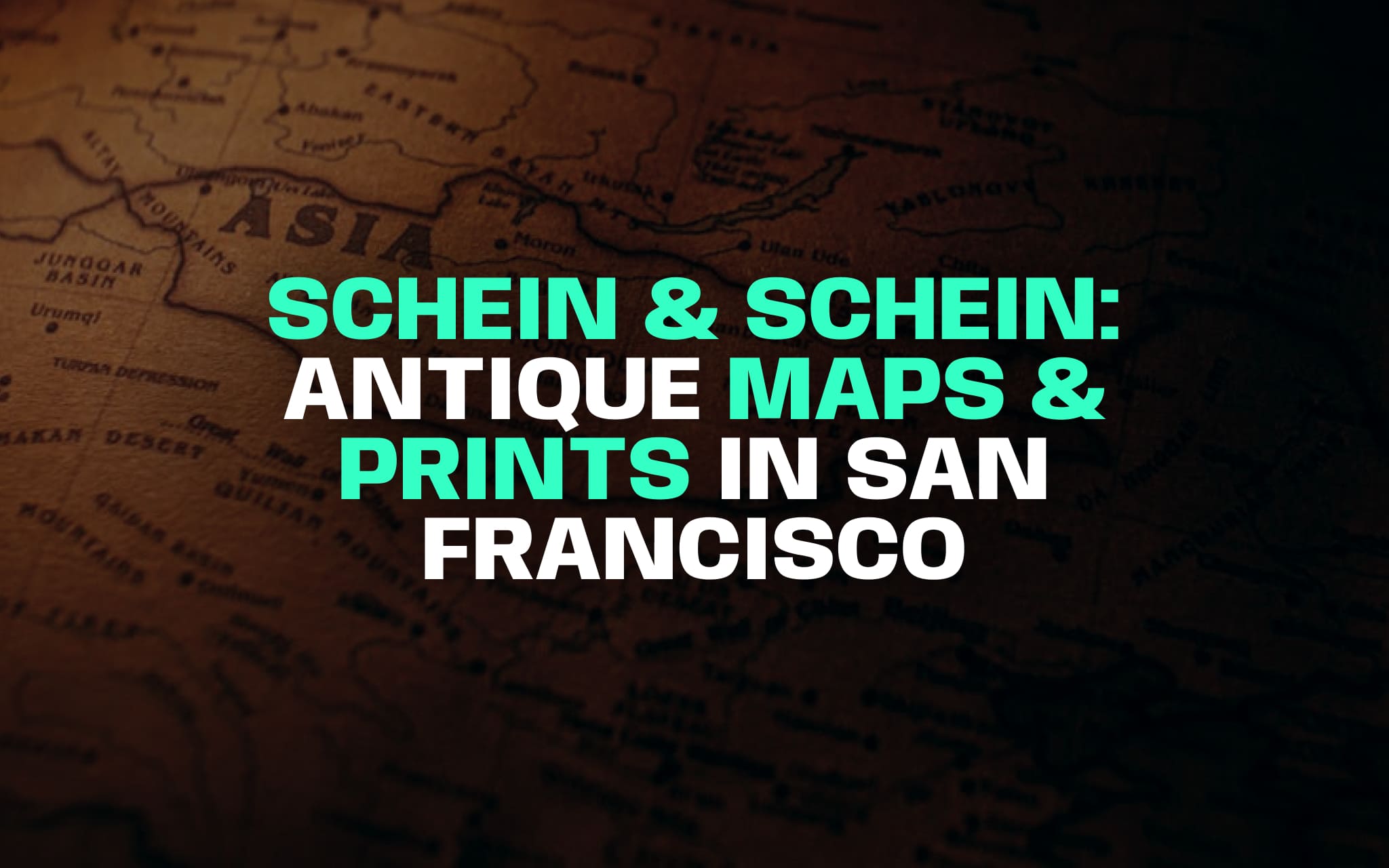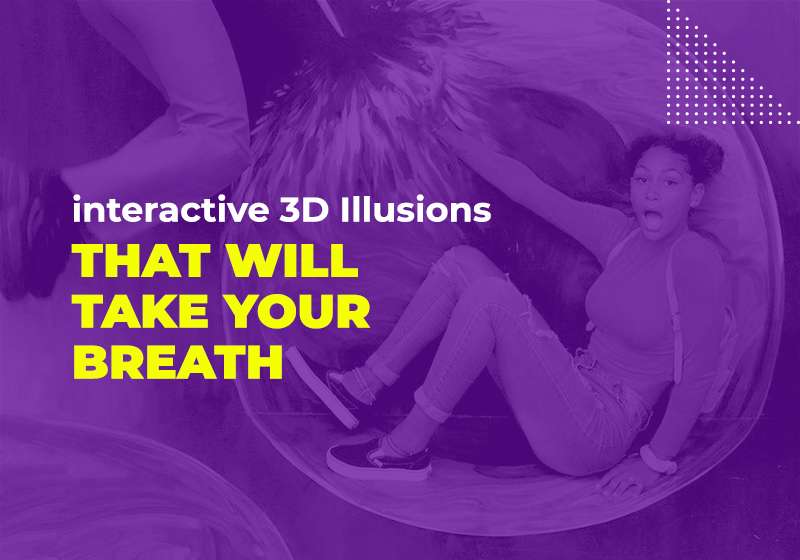
Step into a world where history unfolds on paper, and each sheet holds the stories of centuries gone by. Antique maps and prints are more than simple decorations; they are carefully preserved windows into the past, connecting modern visitors to the explorers, artists, and thinkers who first captured the world in line and color. At Schein & Schein, the breadth and depth of this collection makes even a casual visit feel like entering a time capsule.
Founded in 2003, Schein & Schein specializes in authentic antique maps and prints that span from the 14th through the 20th century. From early depictions of continents to finely detailed engravings of cities, the shop has become a leading resource for collectors and enthusiasts alike. With thousands of pieces in their care, the collection brings together artistic beauty and documentary value in a way that is both accessible and fascinating.
The variety is remarkable, encompassing global cartography alongside vintage illustrations of flora, fauna, and historical scenes. Many works feature California and San Francisco subjects, making them especially meaningful for visitors eager to see how the region has been imagined and represented over time. Browsing these antique maps and prints is not just a lesson in geography; it is a chance to touch the cultural and creative currents of past centuries.
Location and Visitor Experience in San Francisco
Originally located at 1435 Grant Avenue in North Beach, Schein & Schein offered a gallery environment unlike any other in San Francisco. Wooden cabinets and towering flat files housed the collection, surrounding guests with the subtle scent of aged paper and ink. The space itself reinforced the feeling that one had wandered into a hidden archive, where treasures waited in quiet stacks to be rediscovered.
Jimmie and Marti Schein, the founders, curated the gallery with the dual goals of preservation and sharing. Each map or print, whether an ornate 17th-century engraving or a delicate 19th-century city plan, was displayed and stored with meticulous care. Visitors could lose themselves in the sheer volume of material, as the gallery reportedly contained between 15,000 and 18,000 individual antique works. This immense selection made every visit unique, as there was always a new piece to uncover.
The San Francisco setting added another layer of charm. North Beach, known for its cultural vitality, provided the perfect backdrop for a shop dedicated to historical art. Whether one arrived as a seasoned collector or simply curious about antique maps and prints, the atmosphere combined learning and inspiration. The gallery became a place where locals and travelers alike could connect with history in tangible, beautiful form.
Broader Access and Online Transition
Although the North Beach storefront eventually closed, Schein & Schein has maintained its commitment to keeping antique maps and prints accessible to the public. The shop now operates as an online gallery, with a carefully organized digital catalog that reflects the breadth of its collection. Customers can explore works from across centuries without leaving home, while still benefiting from the expertise of its curators.
In addition to its online presence, Schein & Schein welcomes visitors by appointment at its location in Sonoma. This shift allows for more personal interactions and provides an intimate setting for those wishing to view antique maps and prints in person. The change of pace has not diminished the richness of the collection, which continues to include works ranging from global explorations to highly detailed depictions of San Francisco and California landscapes.
Even with this transition, Schein & Schein maintains ties to its San Francisco roots. Its works remain available at select venues, such as the Coit Tower gift shop, allowing visitors to encounter antique maps and prints in the context of one of the city’s most iconic landmarks. This blend of digital accessibility and curated in-person experiences ensures the legacy of Schein & Schein continues to thrive.
Artistic Interlude: Museum of 3D Illusions in San Francisco
While antique maps and prints preserve the past on paper, San Francisco also offers ways to engage with visual art that leap off the page entirely. The Museum of 3D Illusions provides a striking contrast to the stillness of antique works, inviting visitors into immersive environments where imagination becomes reality. Inside, carefully crafted murals place guests at the center of dynamic scenarios, blurring the line between artwork and participant.
Among the museum’s highlights are thrilling scenes where visitors find themselves narrowly escaping a chaotic car crash, weaving through frozen motion as if time itself has paused. Another exhibit transports guests into a surreal encounter with hordes of zombies, combining playful fear with photo-ready adventure. For those who prefer a calmer escape, a room seemingly transforms into a tropical shoreline, with sunset colors bathing the scene in warmth. Each illusion is designed for interaction, encouraging creativity and laughter in equal measure.
The museum also houses Smash It!, a unique activity where guests channel emotions by decorating and then breaking plates in a safe environment. Together with the illusions, it adds a cathartic dimension to the artistic experience, making it both playful and memorable. Like antique maps and prints, the Museum of 3D Illusions connects people with art in a way that is tangible and participatory, proving that San Francisco continues to offer imaginative ways to see and experience the world.
FAQ
Where can I see antique maps and prints in San Francisco?
Schein & Schein provides an extensive collection of antique maps and prints, including rare depictions of San Francisco and California. Their Sonoma gallery and online catalog allow collectors, history enthusiasts, and casual visitors to engage with preserved works of art that bring the past to life.
How does the Museum of 3D Illusions compare with antique maps and prints in San Francisco?
The Museum of 3D Illusions in San Francisco offers interactive exhibits that contrast the still beauty of antique maps and prints. Both destinations engage audiences with art—one through historical preservation, the other through immersive and participatory visual experiences.


